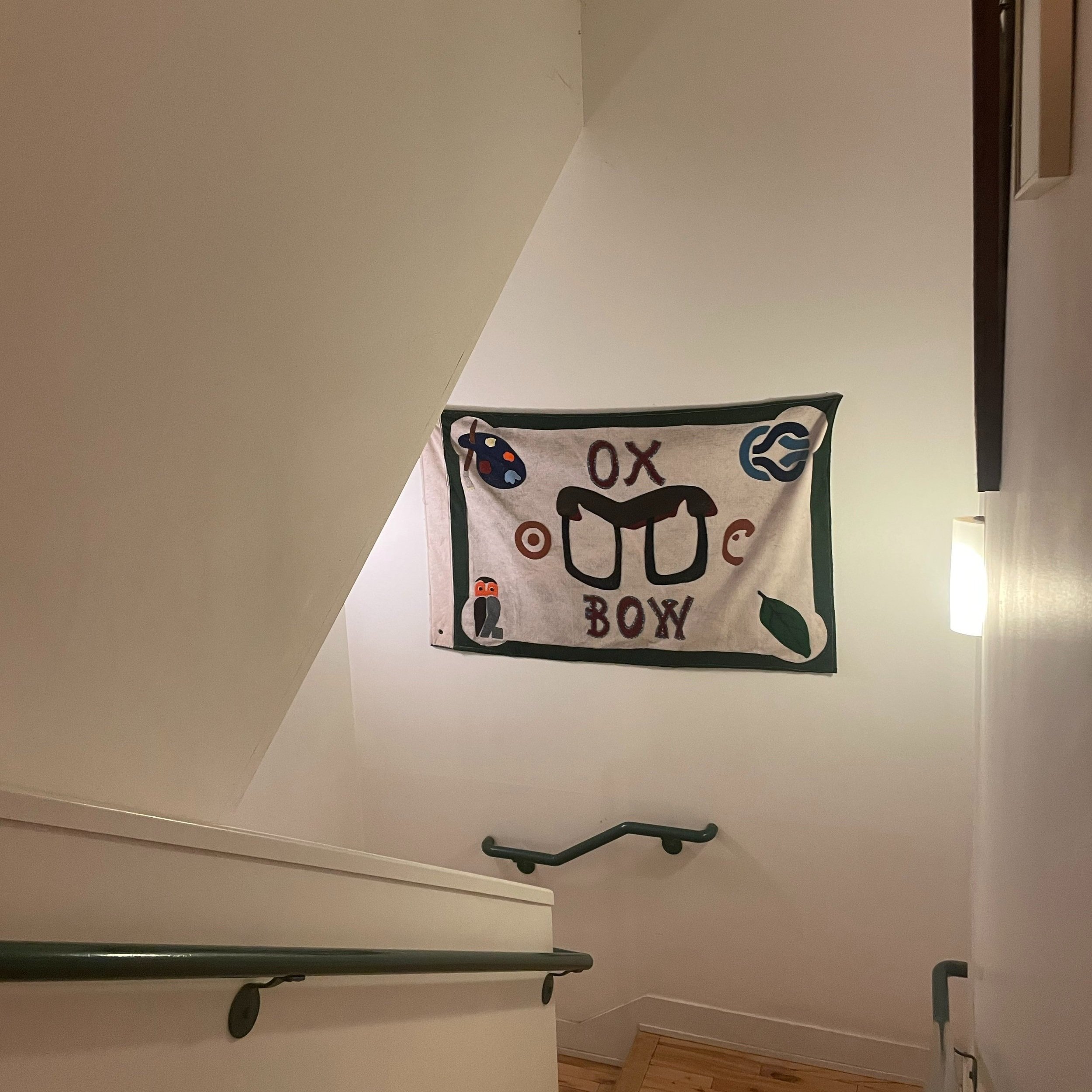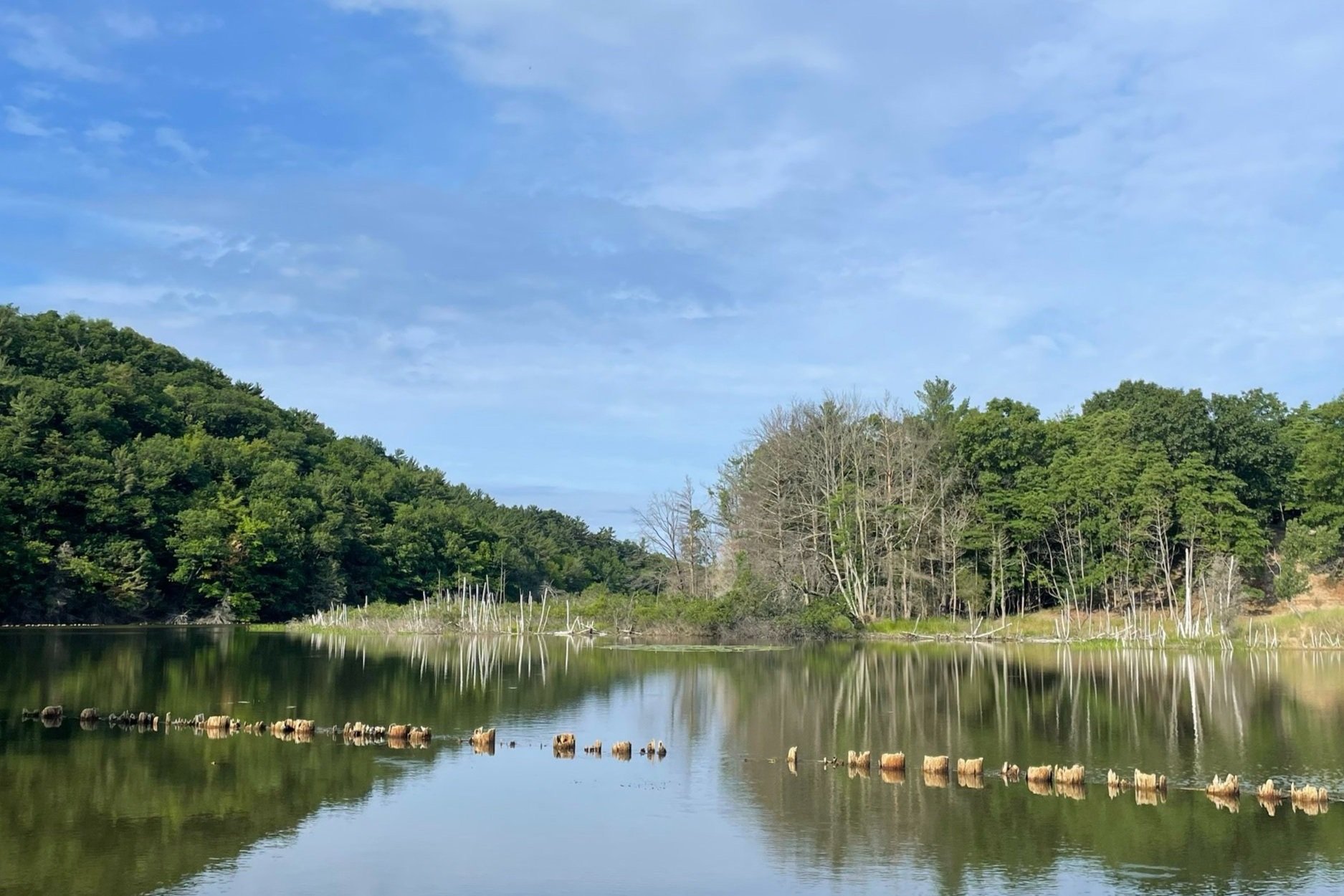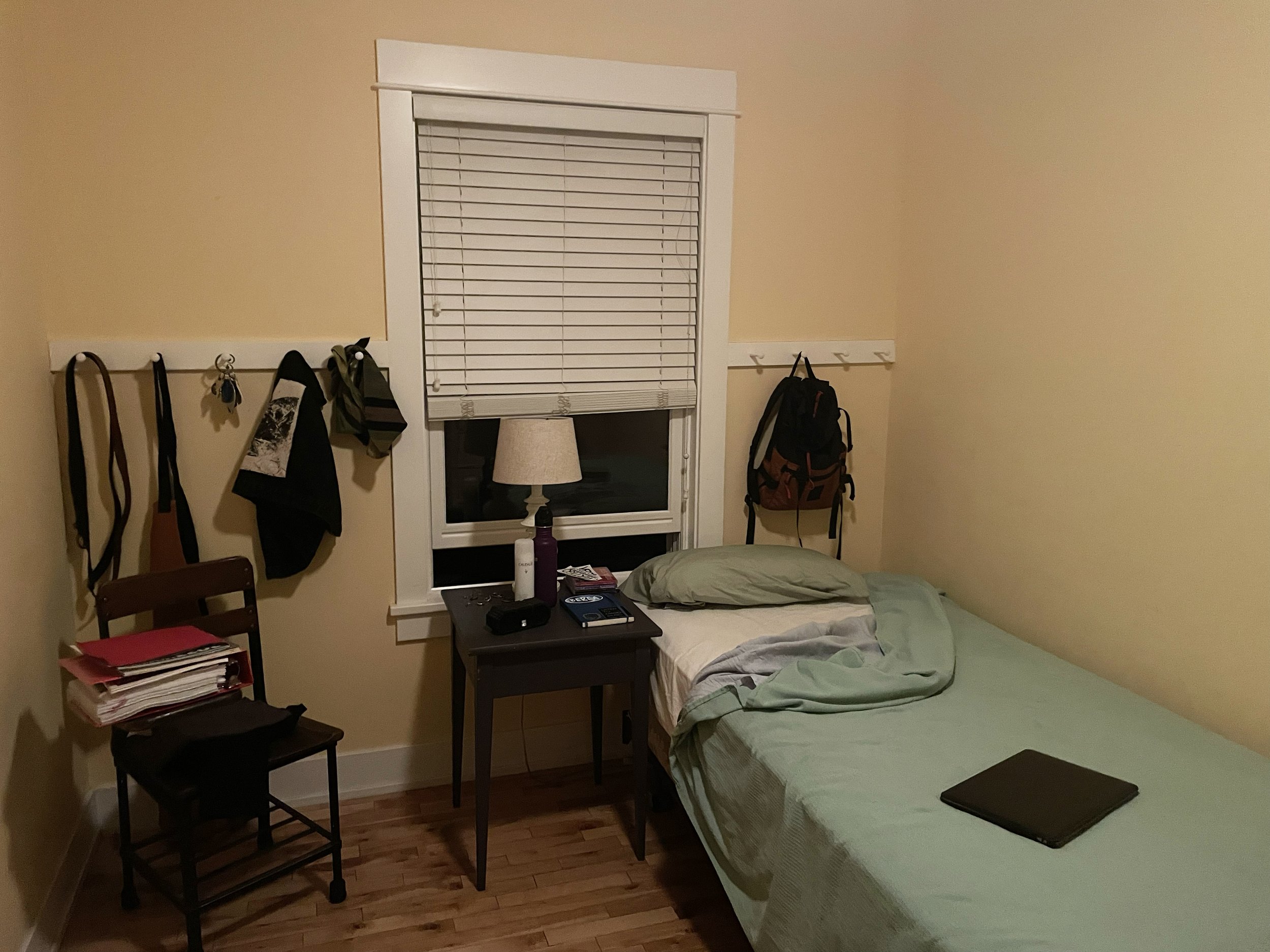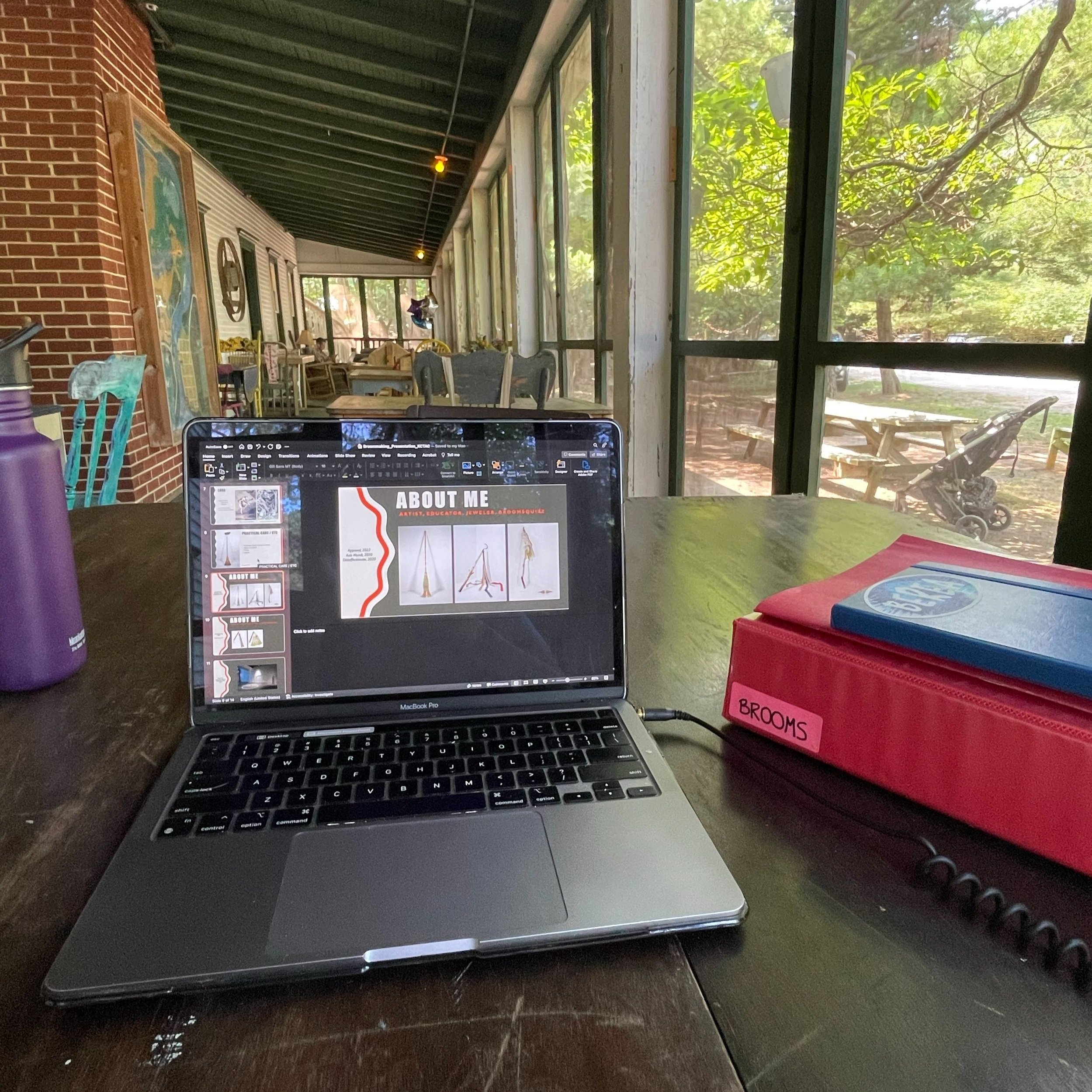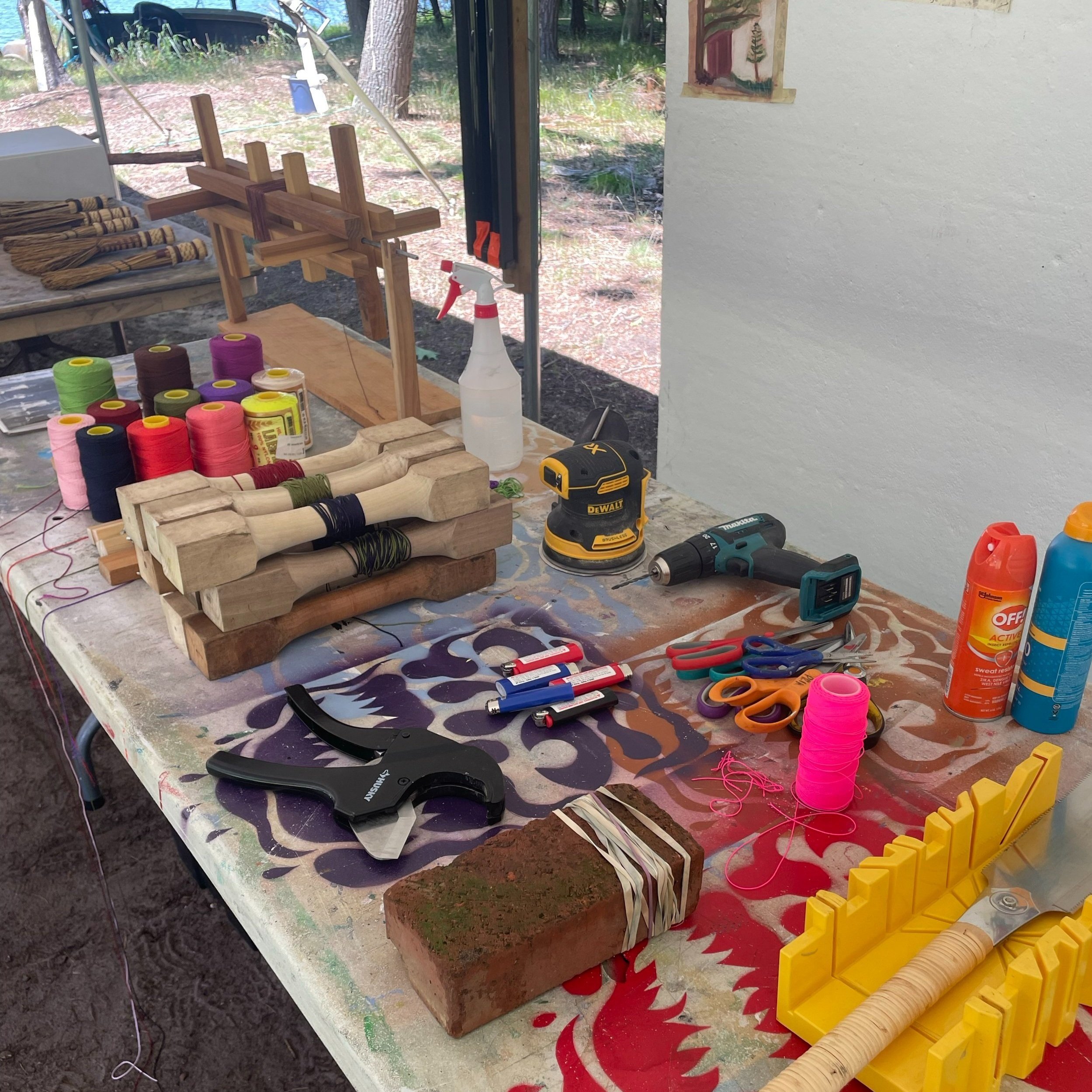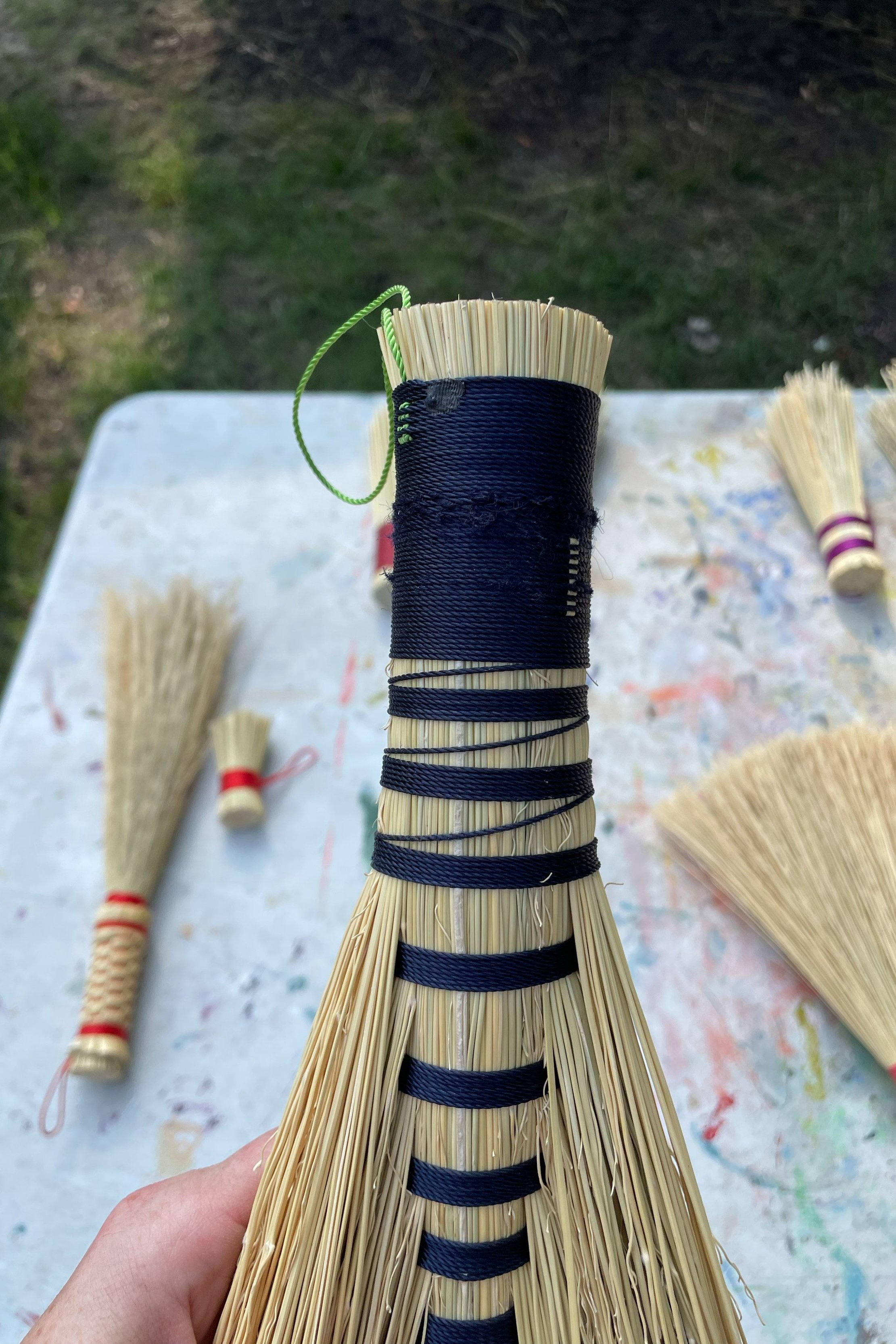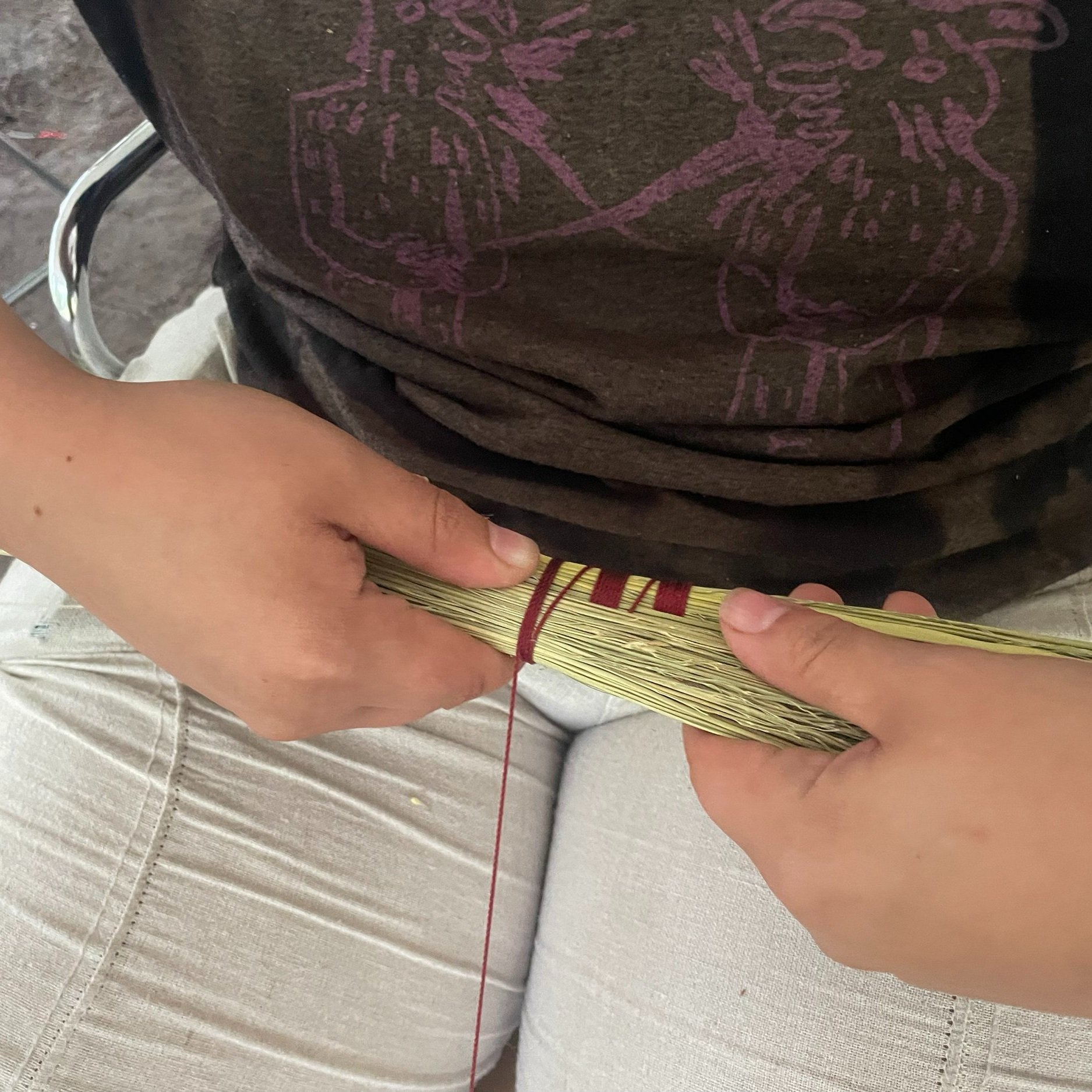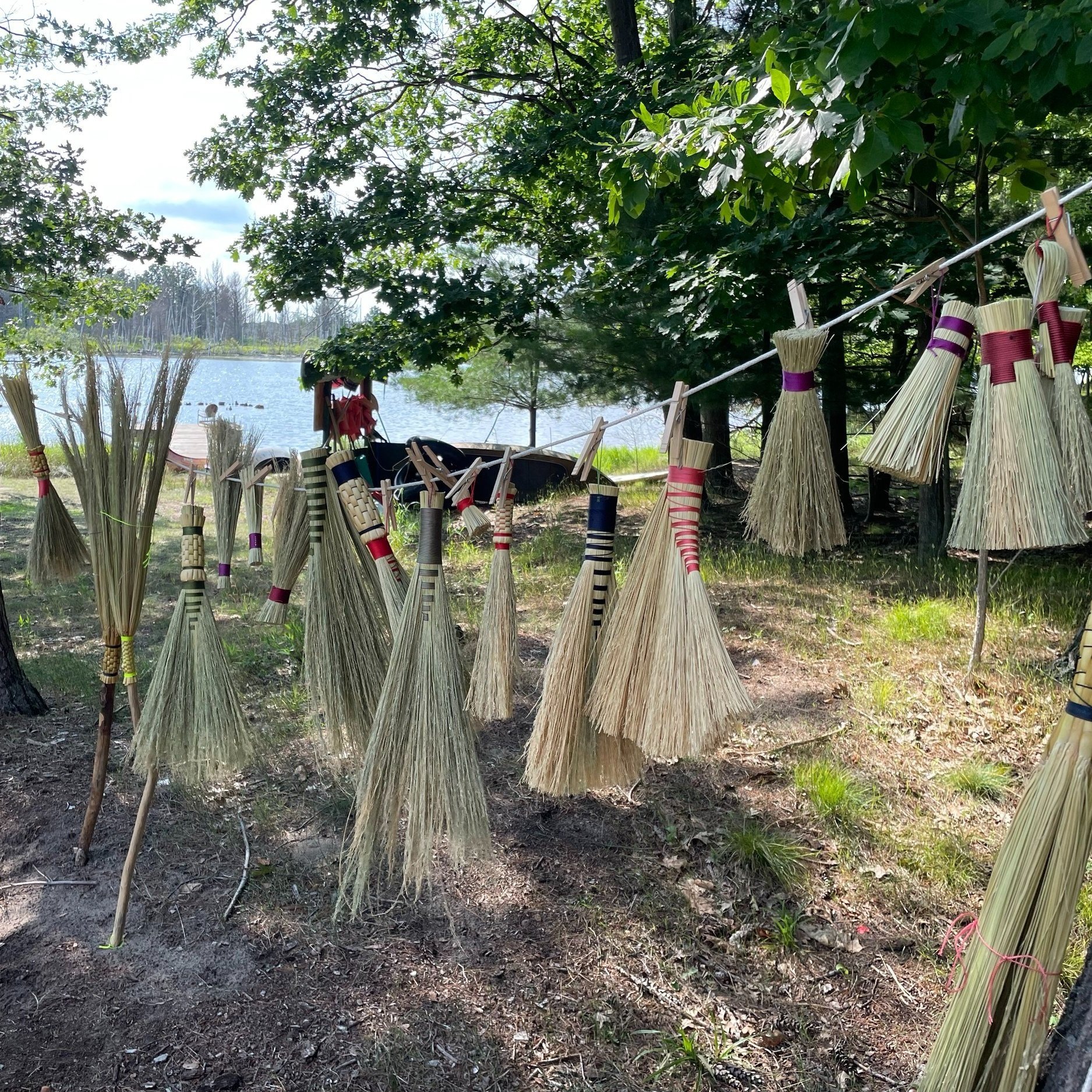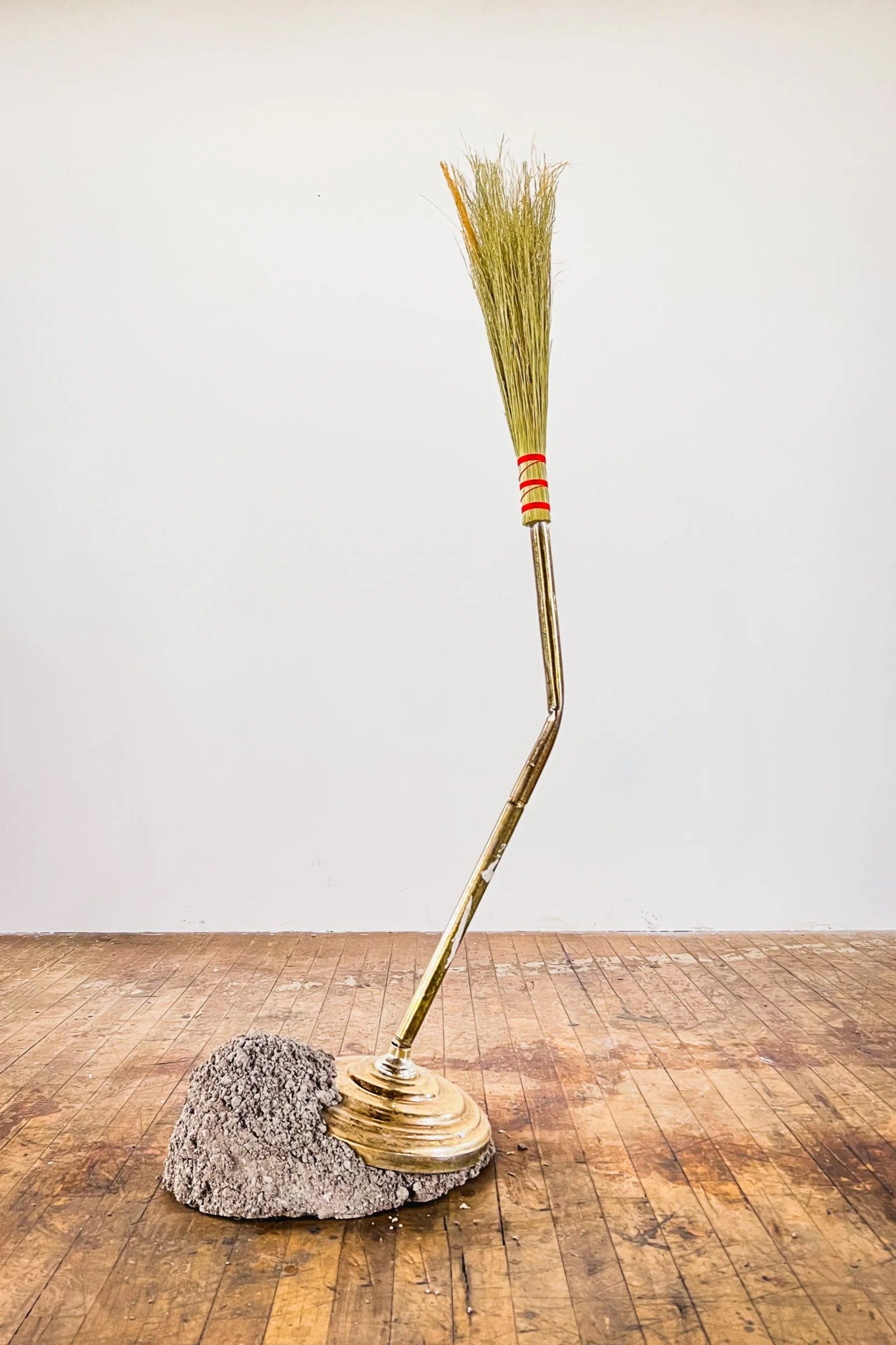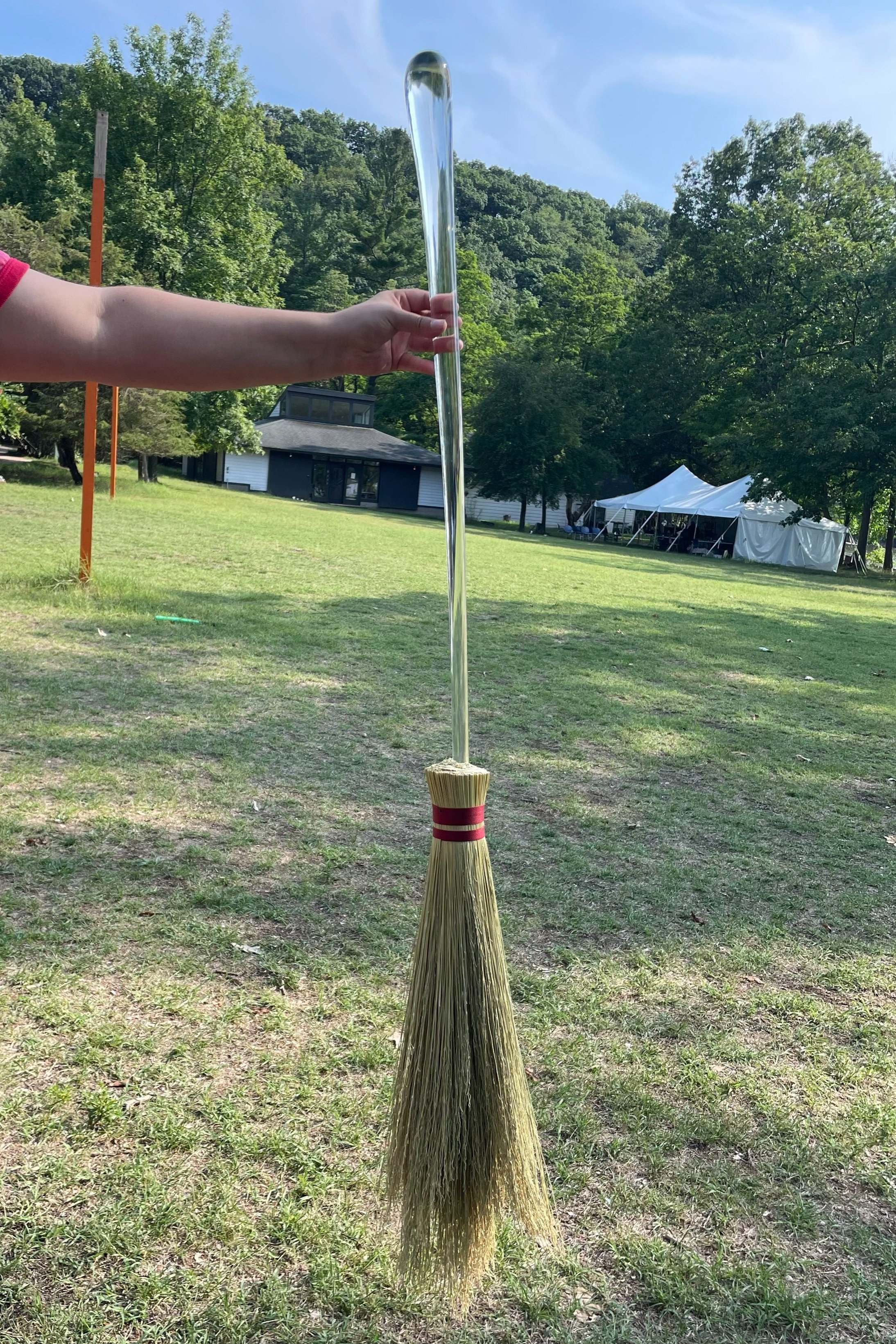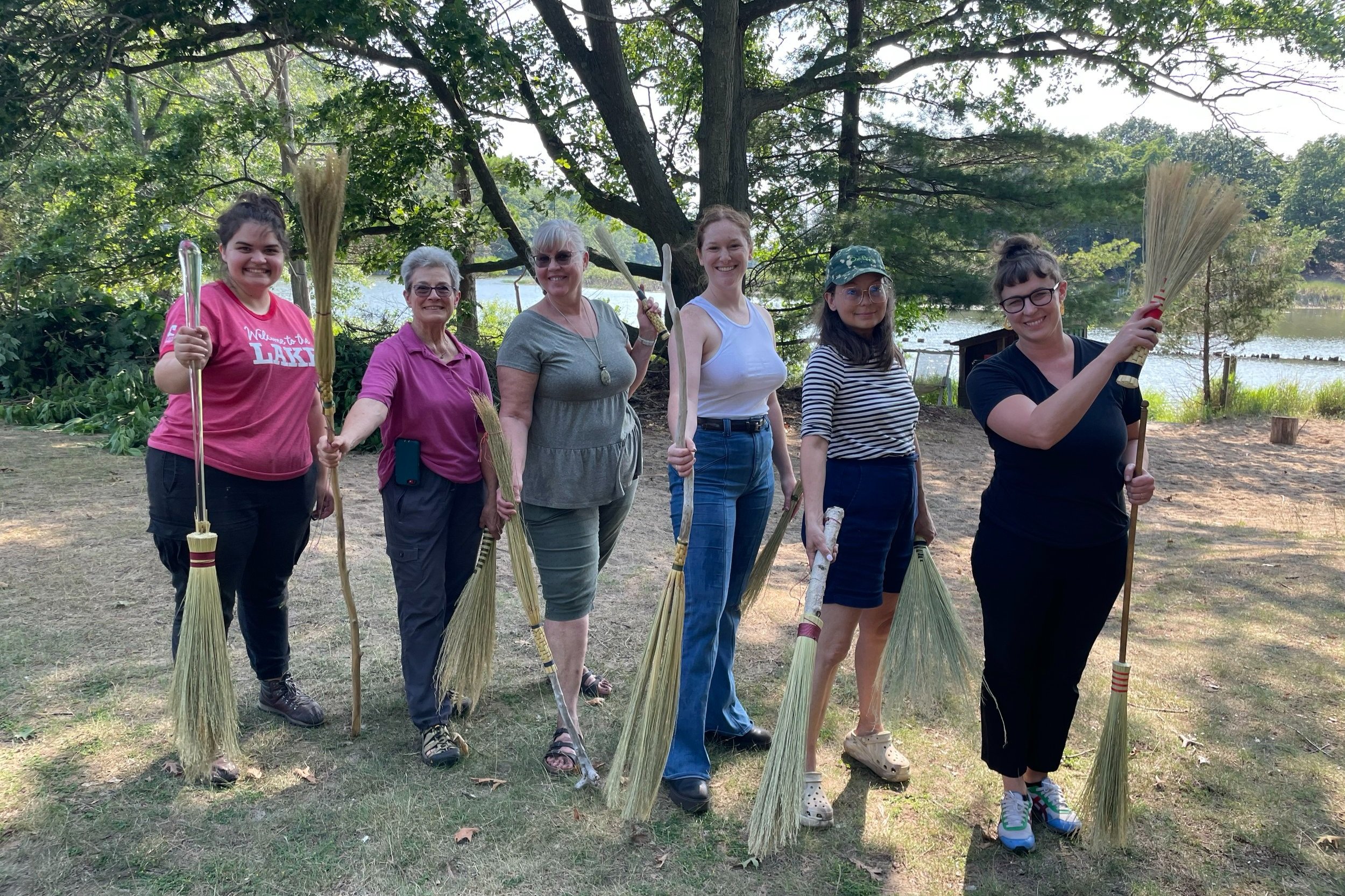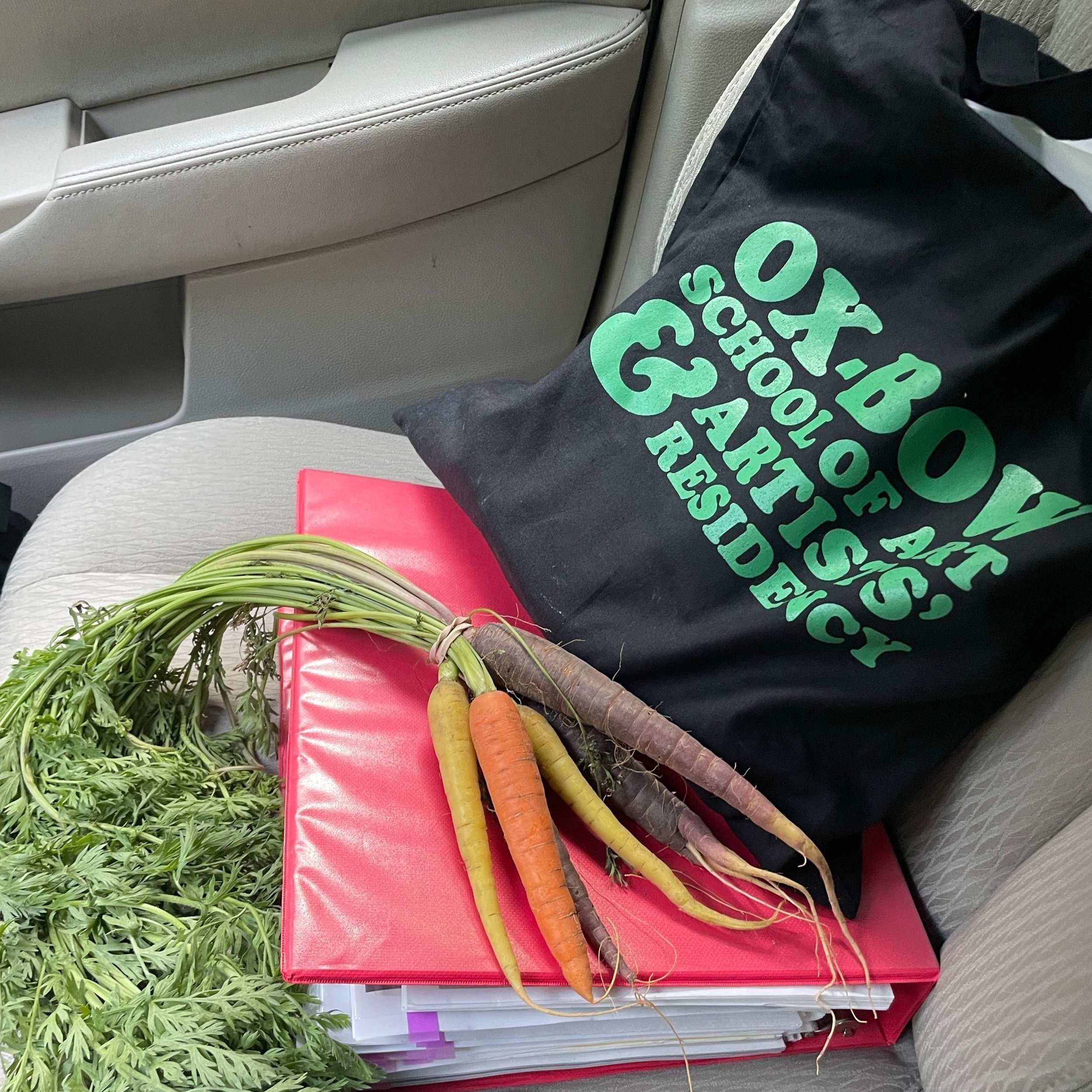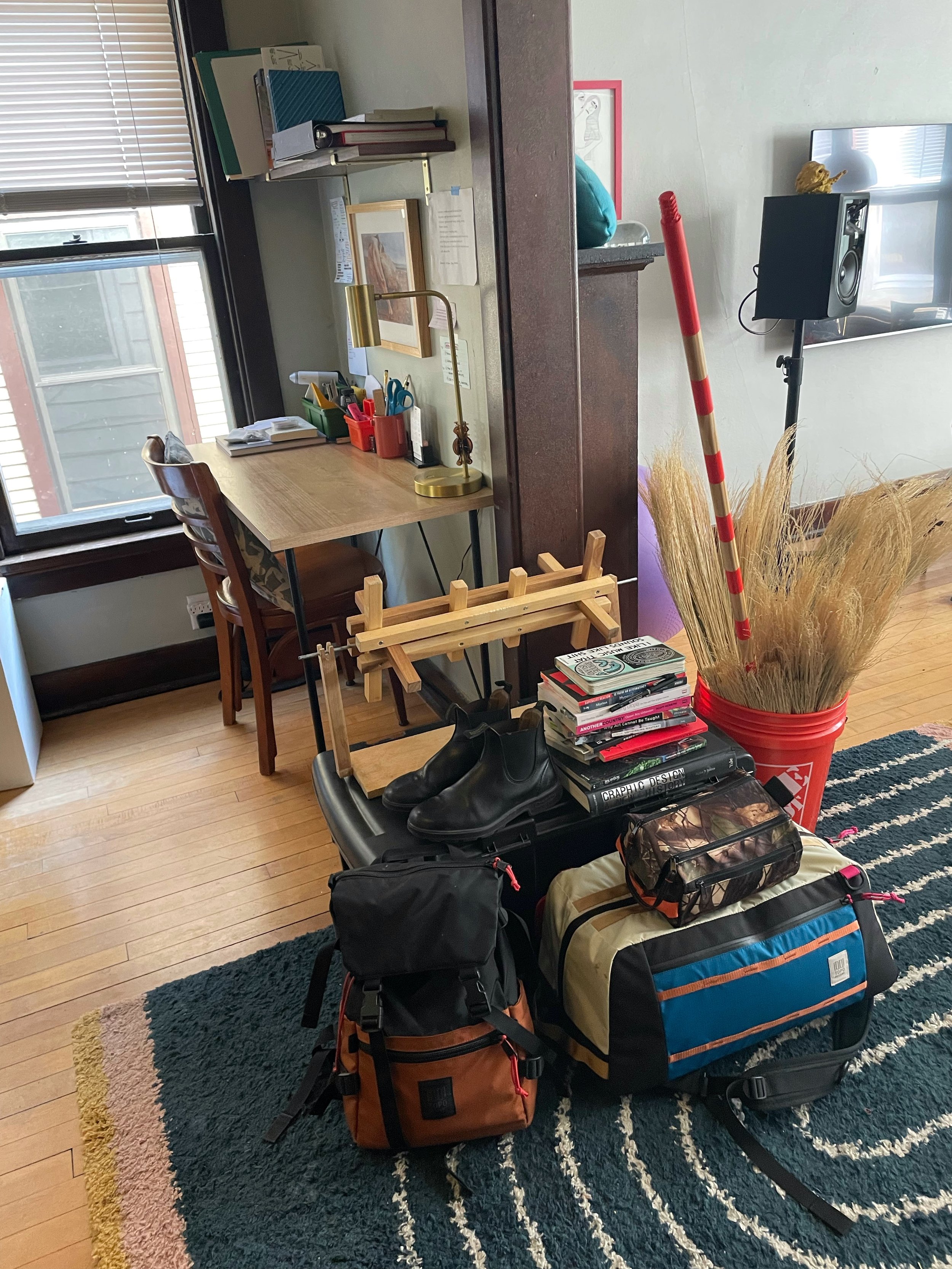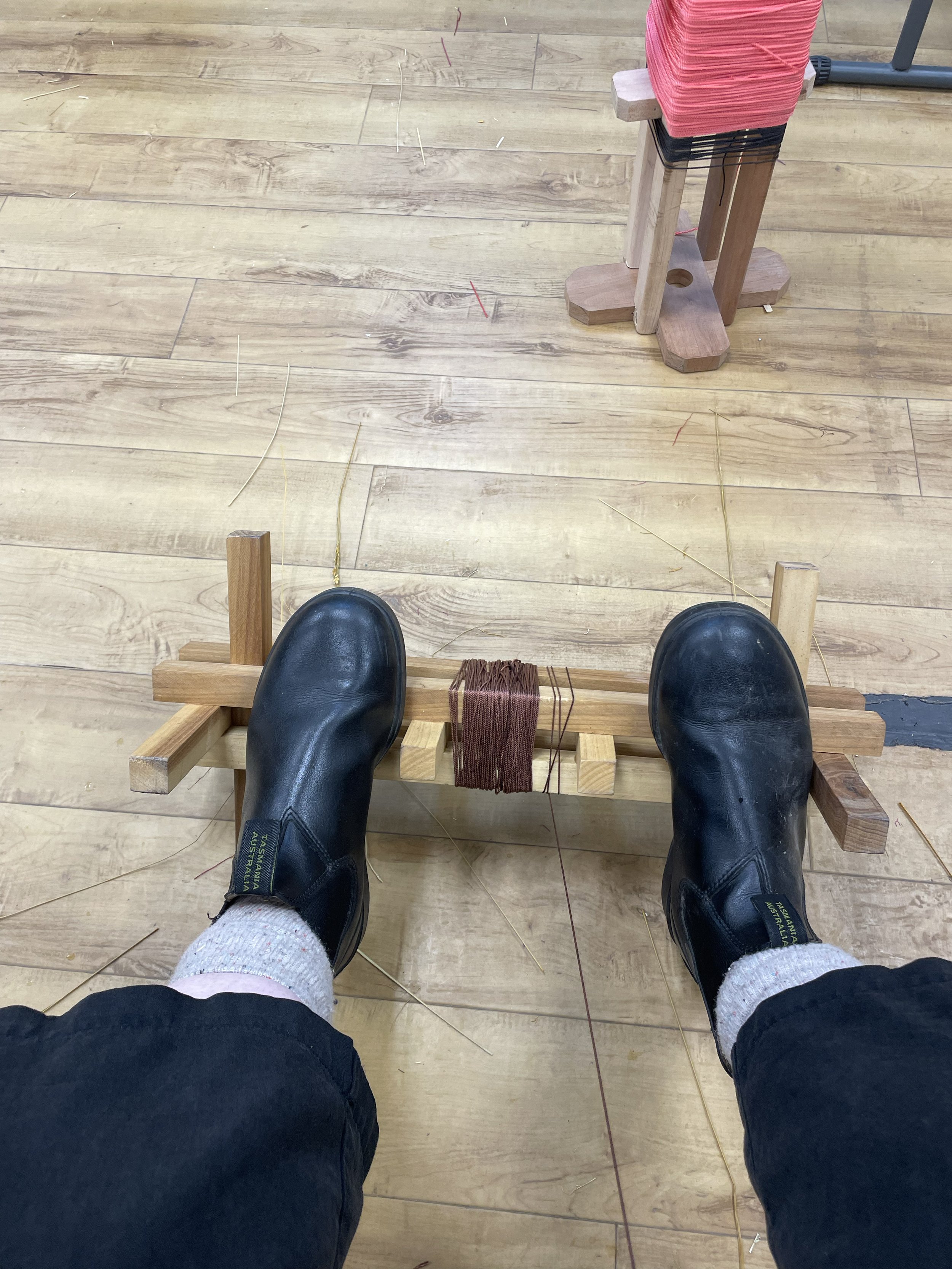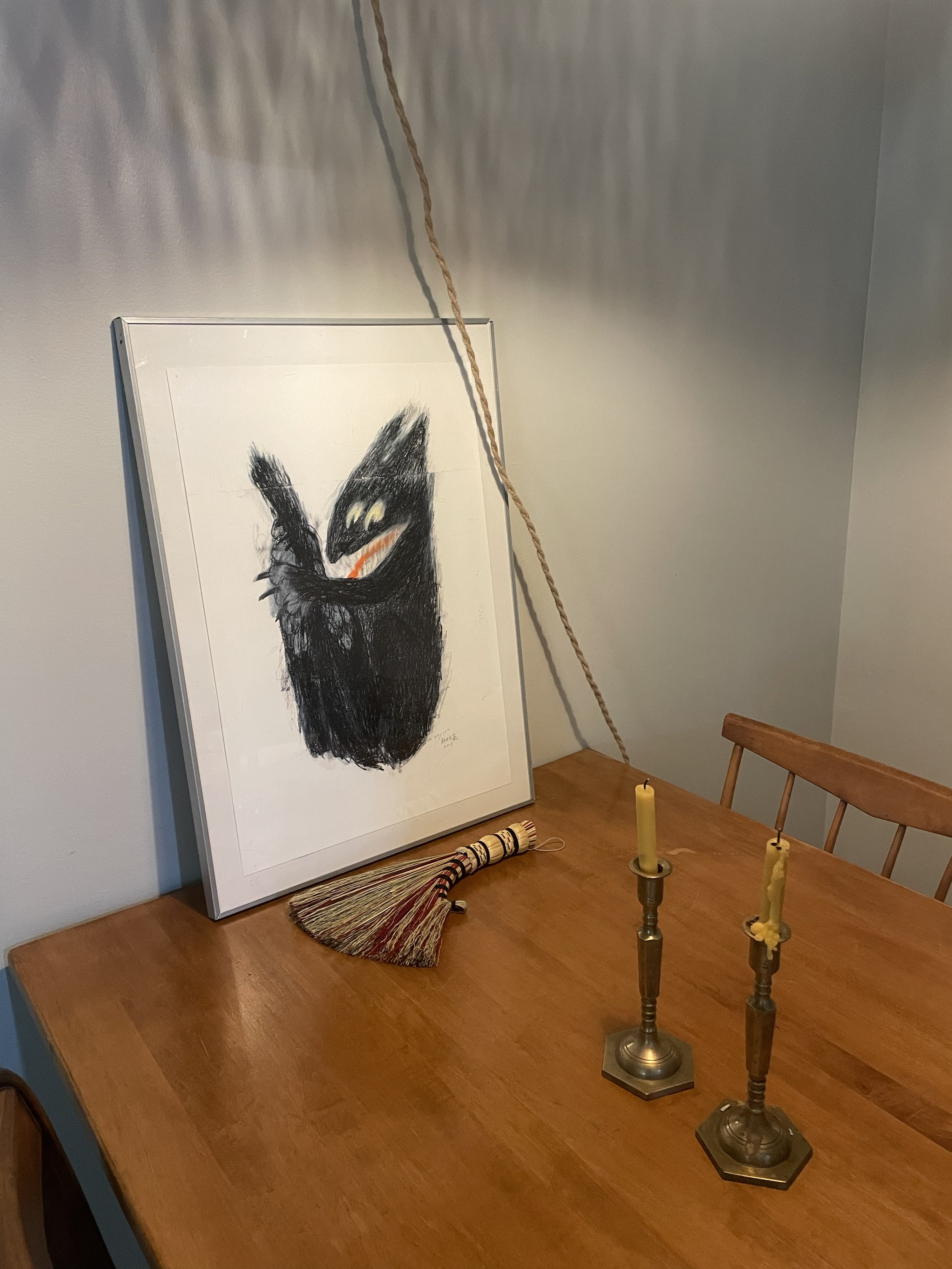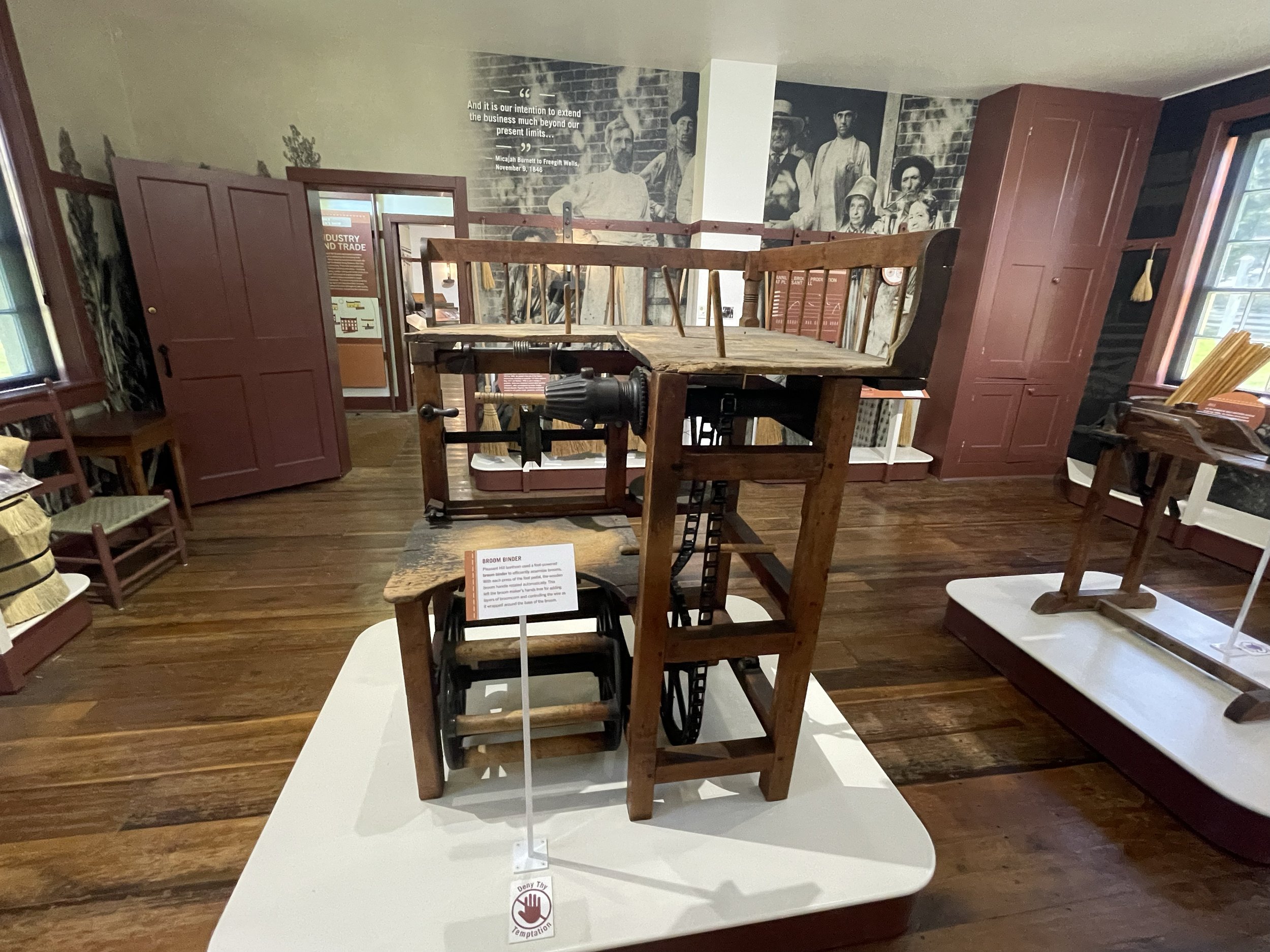I write this as the Fall 2022 semester approaches. My partner, my child, and I just recovered from our first (and hopefully sole) COVID infection after eluding it for two and a half years. The student loan forgiveness has just been announced to the delight and criticism of many.
While both vaccinated and boosted, COVID wrecked our bodies. I am flush with renewed fright. Thinking about the spring of 2020 and all its unknowns, the confusion, the pain in a pre-vaccine atmosphere. Thinking about the future, not wanting annual infection to be some sort of normalcy we all accept.
That infamous spring, my partner and I were to graduate with our MFAs and install solo exhibitions. Suddenly it was all seemingly gone. Three years of research and experimentation. Cancelled exhibits. No more seminars. No more studio and equipment access. No in-person goodbyes to our cohort or mentors. Zoom graduation. No more job through the university. Suddenly unemployed. Cancelled calls and shuttering businesses. Applications sent, only to hear that the search was cancelled. Or nothing at all.
News of dead and dying parents, aunts, uncles, grandparents, friends, family.
Since that spring and all it brought, we have been lucky enough to patchwork together a series of part-time lecturing appointments. My combined courses are more time and work than a full-time teaching position at a single institution. It is trying, this adjunct life, the freeway flyer.
That being said, these classes and their chaotic contractual needs, multiple institutions, and mixed online/in-person delivery do allow me something crucial: the ability to shape my schedule in ways I have never had before. These past two years, not only have I gotten to work a job I love – teaching - and grow at it, but the jobs’ formlessness has allowed me to do other necessary work. It has allowed me to start healing.
Just a few years ago I was locked into the intense mindset of (art) academia. The rush of applying, thinking, doing constantly. 18-hour days, collapsing in bed filthy after a day in the studio. Terrifying critiques with committee members who told me to work harder, think more, that my craft was sloppy. The interior criticism of “But what are you adding to the field?” echoing in my head.
I was drinking. Ignoring my traumas. Not reciprocating in my relationships. Burnt to a crisp. I won’t even go into how normalized this felt in the community I was working in.
The onset of the pandemic (coupled with a tremendous breakup) was the beginning of an era which I look back on as transformative. The sudden surplus of time allowed me to acknowledge my traumas, and work with my therapist to shape meetings accordingly. I started researching my ancestors, studying their languages, and partnering with family members to learn. I began cooking more, gardening, and returning the leftover results to compost – little things that I previously had no time for. Regular morning coffee trips and mindful walks around the neighborhood with my new partner became common. I was able to take breaks, clear my head without some boss-figure at my back. My work – whether it was teaching prep, making in the studio, reading, or writing, became slower, more reflective. I became more forgiving and understanding of the process. The pang of shame of taking too long started to weaken. My relationships with my family flourished. And you know what? Counter to what my mind always told me about decelerating, I am doing ok on all fronts. And it is just the beginning.
I think about the benefits we could all feel if our workweeks were lessened. If we were given power to shape our schedules. To be trusted. The recent push by employees to continue to work from home tells me I am not the only one who feels this way. I can see American workers becoming dissatisfied with previous modes of operation and demanding their lives back. I think of these as the so-called phenomenon of quiet quitting where we do “only” what is expected of us. The fact that this is seen as a rebellion by employers plainly illustrates the illness of the working world formed in decades past – one where personal sacrifice and painful work/life imbalance is expected.
I do think we all do what we can to combat fatigue. James C. Scott wrote about “everyday forms of resistance” in his book Weapons of the Weak: Everyday Forms of Peasant Resistance. Scott points out acts such as slowness, dragging feet, indifference, feigning ignorance, and pilfering were employed by Southeast Asian peasants to resist their oppression by those in power. Scott’s work has been cited in two books I recently revisited - Silvia Federici’s Caliban and the Witch, when Federici discusses European serfs’ resistance to taxes and new laws breaking up the “commons,” or shared land (p27), and in Jack Halberstam’s The Queer Art of Failure when discussing contemporary work habits (p88). It is hard for me to not relate, thinking about ways that myself and others have done similar – playing hooky now and again, taking a long break, or avoiding a superior that always has something to pile on top of an already large workload. All to carve out more time for wellness.
Sometimes I think about what could have been. The stimulus checks and student loan forgiveness feel like small penances thrown to dampen what could have been a turning point in American labor. However, I am encouraged when I read about the unionization efforts of workers at juggernauts like Starbucks and Amazon. Perhaps a better future for workers can still come.
I am not writing this without criticism and mourning. I would prefer, of course, that COVID never happened, that those who died could have lived their lives out otherwise. Furthermore, for all the benefits of our jobs, adjuncts like myself and my partner are also sorely underpaid. I would much prefer teaching 2-3 courses per semester with health insurance and security, than the 4-5 I’m currently at in order to eke out a reasonable paycheck. Each semester is uncertain.
While it may seem that I added more work to my life, what happened was an overall sense of slowing. All the tasks added felt necessary. Not for career or intellectual dominance, but for a deepening sense of understanding of my life, health, and love. These seemingly different acts ended up feeding one another, forming a beautiful, evolving, shifting aggregate of me.
BOOK SOURCES
- Federici, Silvia. Caliban and the Witch: Women, the Body and Primitive Accumulation. New York, NY: Autonomedia. 2004.
- Halberstam, J. The Queer Art of Failure. Duke University Press, 2011.
- Scott, James C. Weapons of the Weak: Everyday Forms of Peasant Resistance. Yale University Press, 1985.






